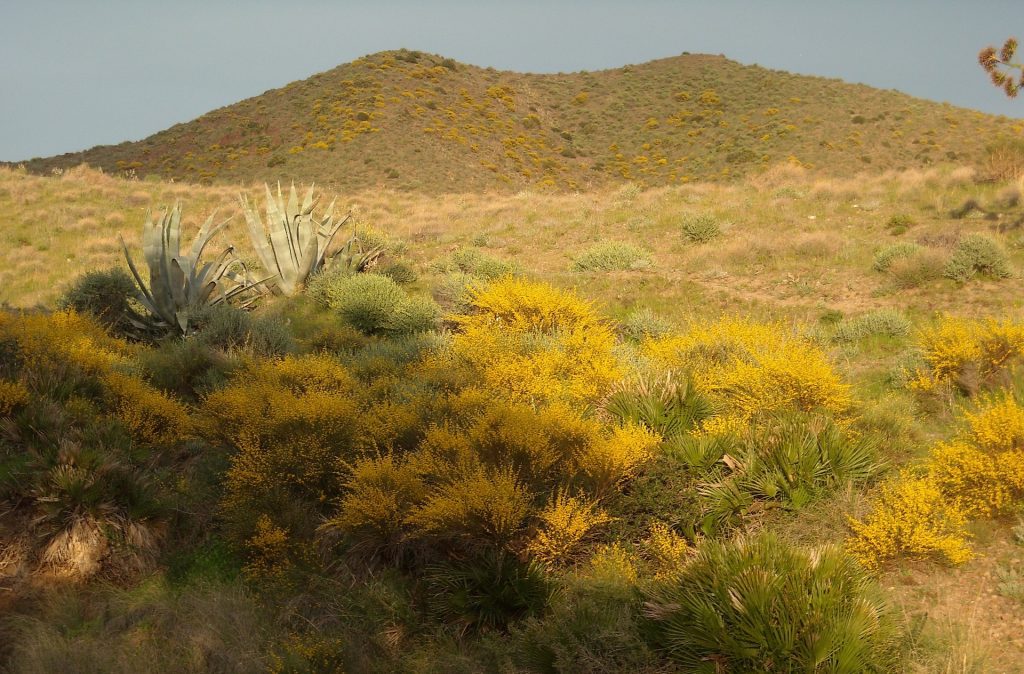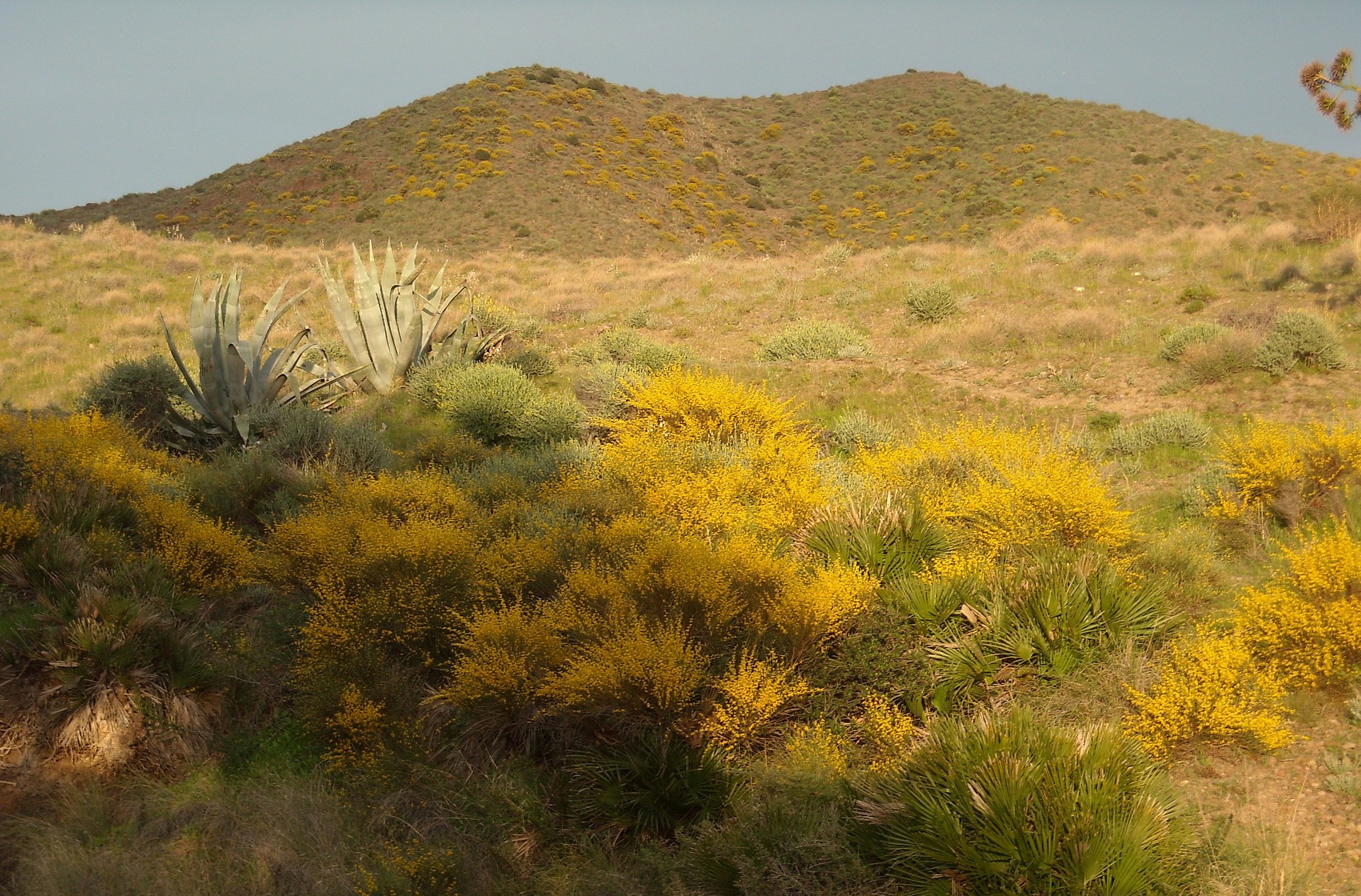

- ,
- , Featured News, Natural Capital, News
We Value Nature campaign is currently carrying out together with Ecoacsa a pilot project to identify opportunities to strengthen collaboration between the public and private sector through assessing the options, benefits and best practices of protecting nature, enhancing the functions of ecosystems and restoring degraded land in a specific nature area in the Mediterranean area, Cabo de Gata-Níjar (Andalusia, Spain), by reinforcing the integration of natural capital in decision-making processes.
To identify different natural capital approaches that benefit local stakeholders from public and private sectors and society, they are searching for case studies that demonstrate successful actions for valuation of natural capital, ecosystem restoration, nature conservation and the effective integration of ecosystem services approaches in decision-making.
Assessment of case studies
Eligible projects must have been carried out in similar ecoregions or in the proximity to the pilot area (in Spain or in other countries in the Mediterranean area or other places in the world with similar conditions) facing similar ecosystem related challenges as the Cabo de Gata-Níjar nature reserve.
The case studies that could be eligible should come from ecotourism sector, eco-agriculture, and agroforestry. The case studies will be assessed and the most successful ones in terms of demonstrated leadership and results will be compiled into a publication of best practices to support interested public and private sector stakeholders to learn and replicate these actions.
In order to have an overview of the pilot area, a brief description of the main characteristics of the Cabo de Gata region is provided:
Located in a dry and semi-arid habitat in the Mediterranean coastal protected area (in the stream southeast of the Iberian Peninsula in the most arid part of Europe)
Extension: it covers 46,000 hectares, of which 12,000 hectares are in the marine zone to a depth of 60 meters.
Arid climate (conditioned by the proximity of the Sahara Desert and the influence during most of the year of the Azores anticyclone)
Low precipitation rain (rainfall below 200 mm a year)
Average yearly temperature between 15-22 °C
Abundance of semi-arid plant formations with fan palms
Together with numerous endemic species specific to the zone are many other species characteristics of Saharan flora
In this area there could be found different protected species (fauna & flora)
Intensive greenhouse agriculture and increasingly, the tourism and tertiary sector
Protection classifications: Maritime and Terrestrial Natural Park, Specially Protected Bird Area (SPBA), Internationally Important Wetland (Ramsar Convention), Geopark, Specially Protected Area of Importance for the Mediterranean (SPAIM)



No Comments